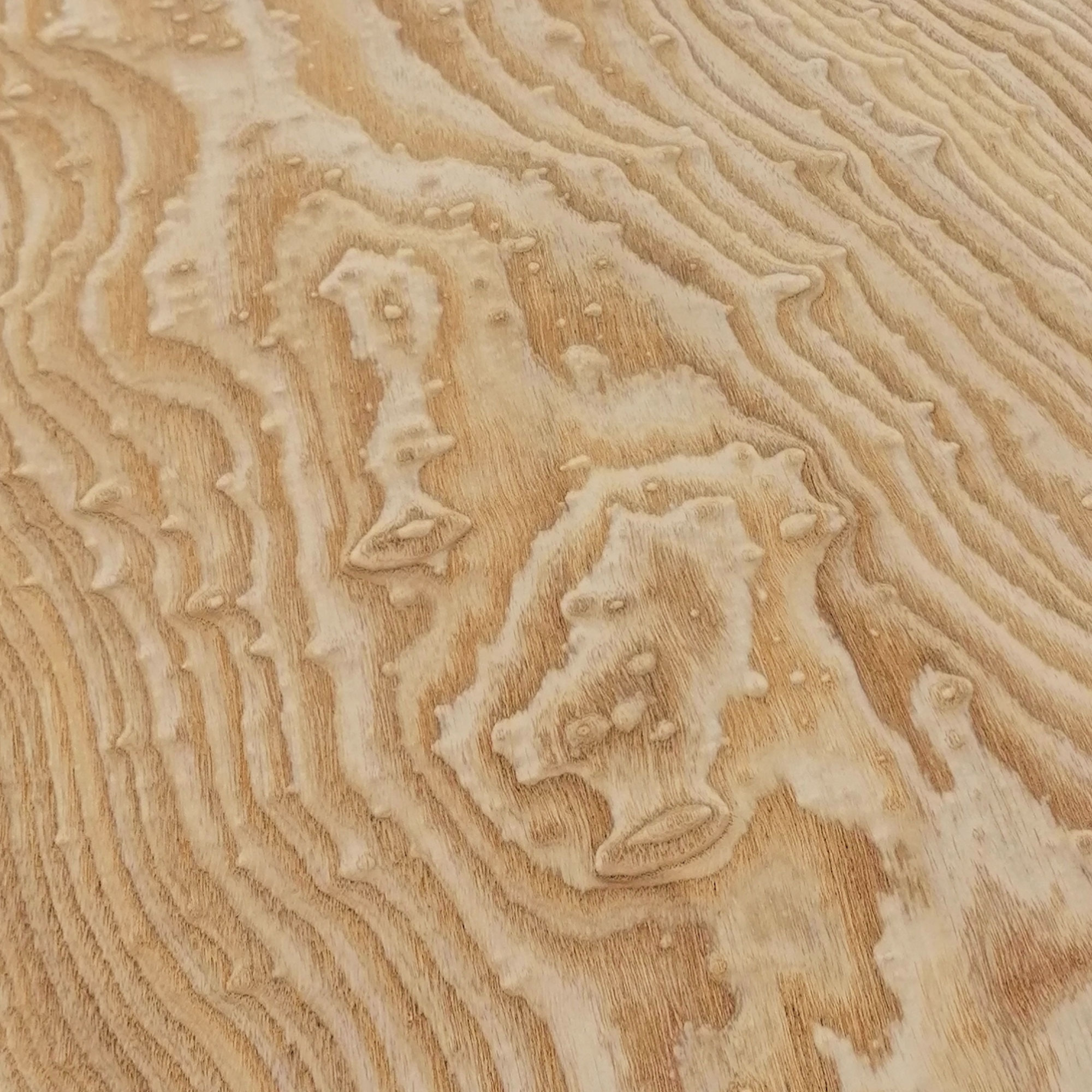Wood Veneer Information
We pride ourselves on offering top quality wood veneers with beautiful and unique grains. Being a natural product, they may have small natural blemishes or splits. Splits often occur along the grain of the wood and can be easily repaired, as once glued into position they should be invisible.
For distinctive and rare wood veneers, see our collection of Curated & Rare Wood Veneer.
Or for special offers, visit Wood Veneer Packs, Wood Veneer Bundles or Wood Veneer Offers.

How Wood Veneers are Made

Tips
&
Features

Wood Veneer Matching

Shipping
&
Storage

Coloured Wood Veneers

Wood Veneer Species
